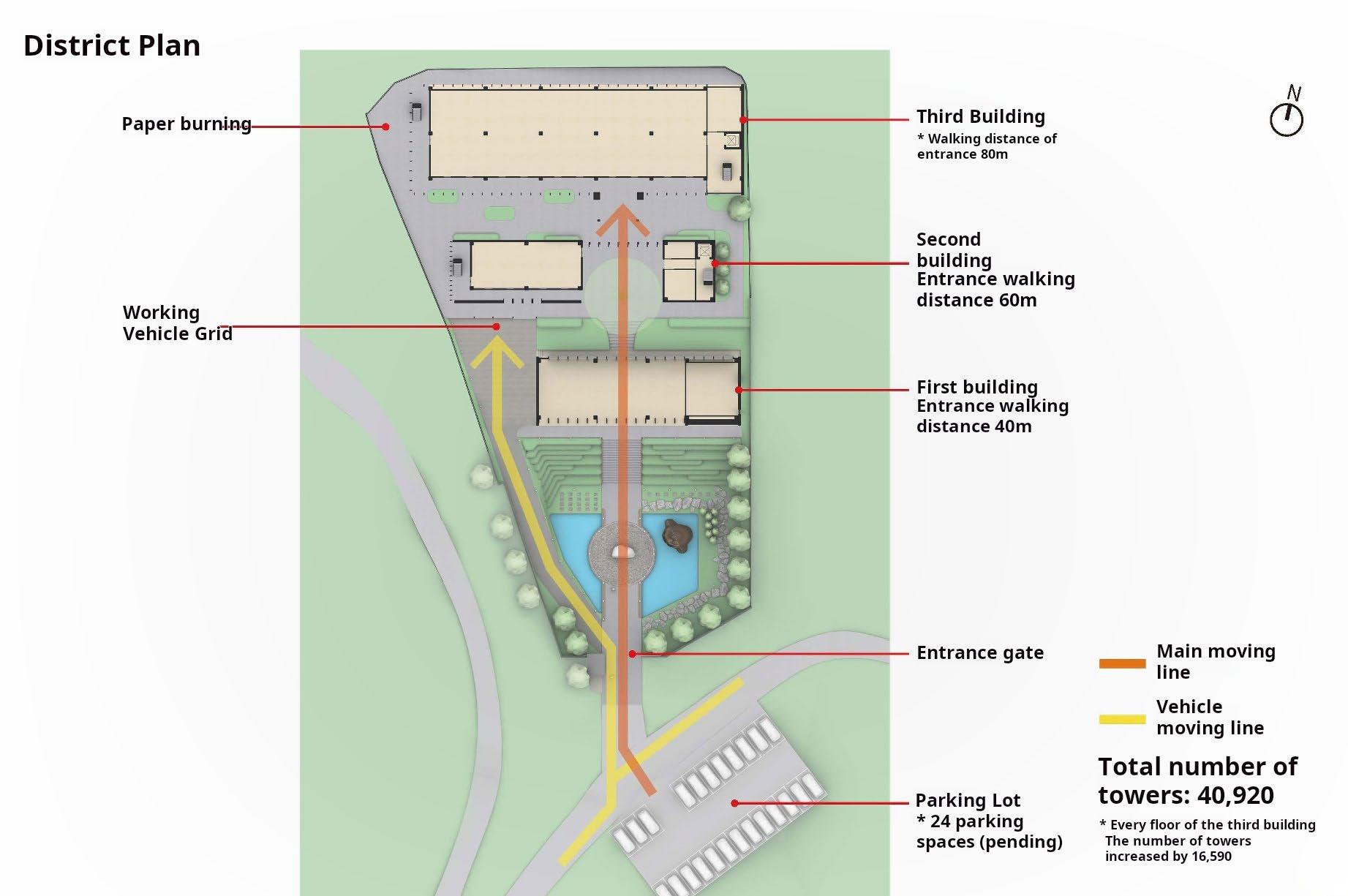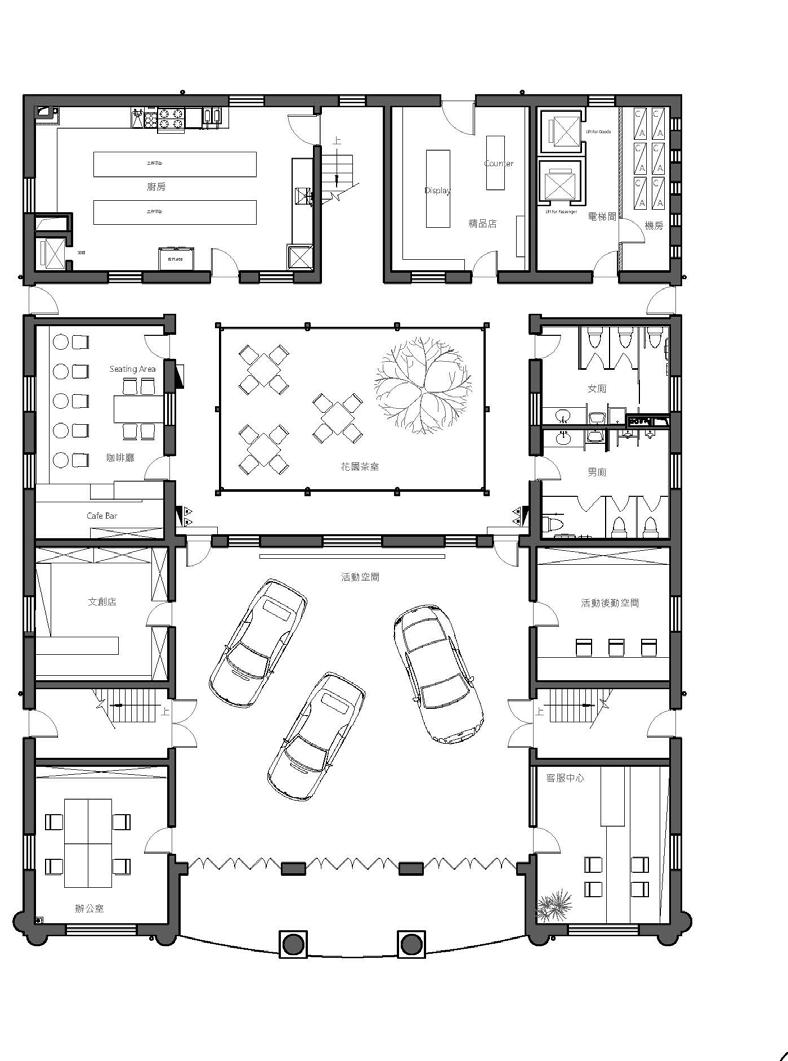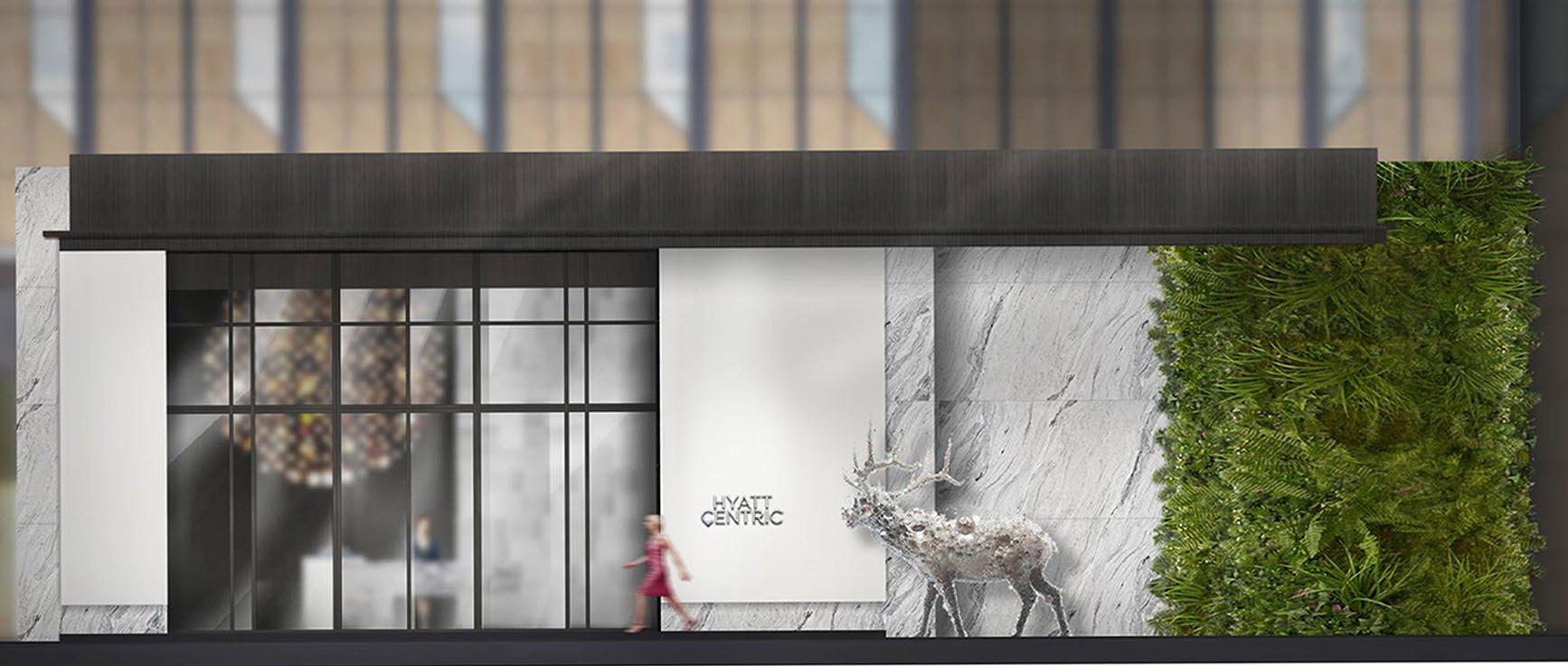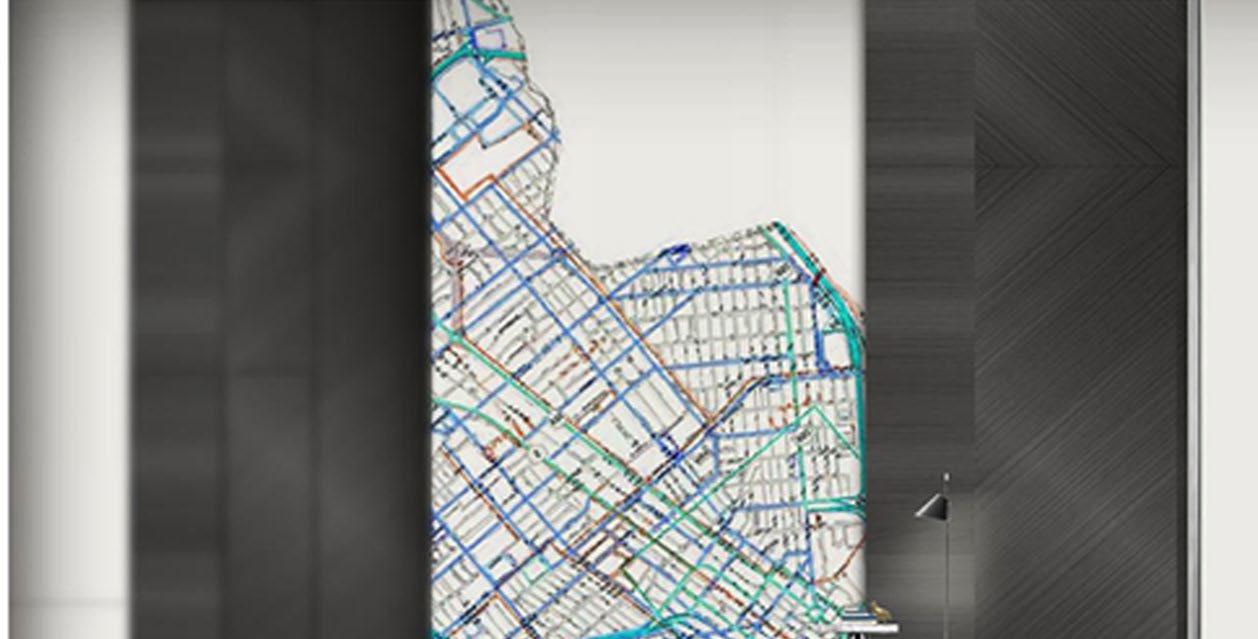















When people pass away for the living to remember them ? where should the soul be placed


A Buddhist temple and columbarium are not just places for worship; they hold great significance in every believer's life journey. What makes this site special is its location in the mountains on the outskirts of Chaozhou, highlighting its serene atmosphere. People come here for peace of mind and to remember their loved ones.
Chaozhou in Guangdong Province is a city full of ancient streets and alleys, with a deep cultural heritage and numerous historical sites. In this cultural environment, providing a much-needed space for faith and worship in Chaozhou, along with the tranquil mountain scenery, brings peace and stability to people at every stage of life.







In commercial projects, a client's needs go beyond budget constraints to include business considerations like costs and return on investment. For this project, the building size and interior layout were designed to meet these needs. The goal was to determine how many columbarium niches were necessary to break even within a few years and then start making a profit. This is similar to how restaurants and hotels plan their seating and room numbers to meet revenue targets and cover costs. These are critical issues that must be addressed through effective architecture and interior design.




Early Beginnings (1896-1900):

In 1896, Rong Zongjing and Rong Desheng moved from Wuxi to Shanghai to start their business.
In 1900, they established Baoxing Flour Mill in Wuxi, marking the beginning of the Rong family's business.
Early Development (1903-1910):
In 1903, Baoxing Flour Mill was renamed Maoxin Flour Mill.
In 1910, they invested in advanced milling machines from the U.S., tripling the production capacity.
Establishment of Fuxin Flour Mill (1912-1921):
In 1912, they started building Fuxin Flour Mill on the north bank of Suzhou River in Shanghai.
From 1914 to 1921, they founded and acquired several flour mills, forming Fuxin Flour Company.
War and Revival (1914-1926):
During World War I, Fuxin Flour Mill saw a significant increase in production and sales.
After the May Thirtieth Movement in 1925,domestic demand for Chinese flour surged, reviving Fuxin's business.
War Period and Public-Private Partnership (1937-1956):
The Battle of Shanghai in 1937 led to the temporary closure of Fuxin Flour Mill, which resumed operations after the war.
In 1956, Fuxin Flour Company became a public-private partnership.
Later Development (1956-Present):
In 1956, Fuxin merged with Fufeng Flour Mill to become Fufeng Fuxin Flour Mill.
In 1984, it became Shanghai Flour Company.
In 1999, it partnered with Shanghai Liangyou Group to establish Shanghai Fuxin Flour Co., Ltd.
In 2005, Fuxin joined Bright Food Group, becoming the only state-owned flour processing enterprise in Shanghai.
In Shanghai, China, on the banks of the Suzhou River, waterways are connected, making purchasing and shipping extremely convenient. At the same time, there are many rice shops in this area, and North Fujian Road is also the North Rice Market. The flour mill is located here, which has a geographical advantage Fuxin Flour Mill has consistently played a crucial role in Shanghai's flour market, ensuring supply and price stability.

building #2 left
1Fcommercial use
/event space ex:auto show
/tourist service center
/event logistics space /office
/cultural and creative store
/coffee shop /kitchen
/boutique store
/elevator room /machine room
/men's and women's toilets
2F exhibition room use : /exhibition space /meal preparation room

1F / machine room
2F&3F Boutique Watch Shop right
1F / machine room
2F / coffee shop/Suzhou Canal
Sightseeing Boat Ticket Office
3F / Cheonan Thousand Trees
Exhibition
2F/ lift lobby/seating area/bar area/toilet/storage room
3F/ lift lobby/corridor/private room/toilet/storage room
area/staff office
2F/lift lobby/corridor/box/ toilet/storage room
Chinese Michelin restaurant :
4F/entrance lift lobby/bar area/ seating area/booth area/office/ 3F/ lift lobby/corridor/private room/kitchen/toilet/storage room




Q: How to preserve and reuse the buildings left over from historical development in modern society is a topic for modern historical buildings. A: Reuse of interior space after building restoration.The style of the interior design is inspired by flour mill history, canal geography and Chinese culture.











































































































The design concept of the kettle embodies the essence of Taiwan’s traditional wooden buckets, which historically held hot water and symbolized the hard work of the past. The kettle’s body mimics the wooden bucket shape, with plastic etched to resemble wooden planks. The wooden lid and handle evoke the earliest memories of these buckets, serving as a nostalgic yet innovative homage to the past, bridging tradition and modernity to create a product that looks to the future while honoring its roots.


Opening and closing one’s eyes can signify the passage of a day or even a lifetime. In the constant struggle between being “ON” and “OFF,” we express various emotions such as joy, anger, sadness, and happiness, much like the flickering of light in our eyes. Thus, using a lamp to symbolize life serves as a reminder to encourage ourselves while also taking moments to rest.
